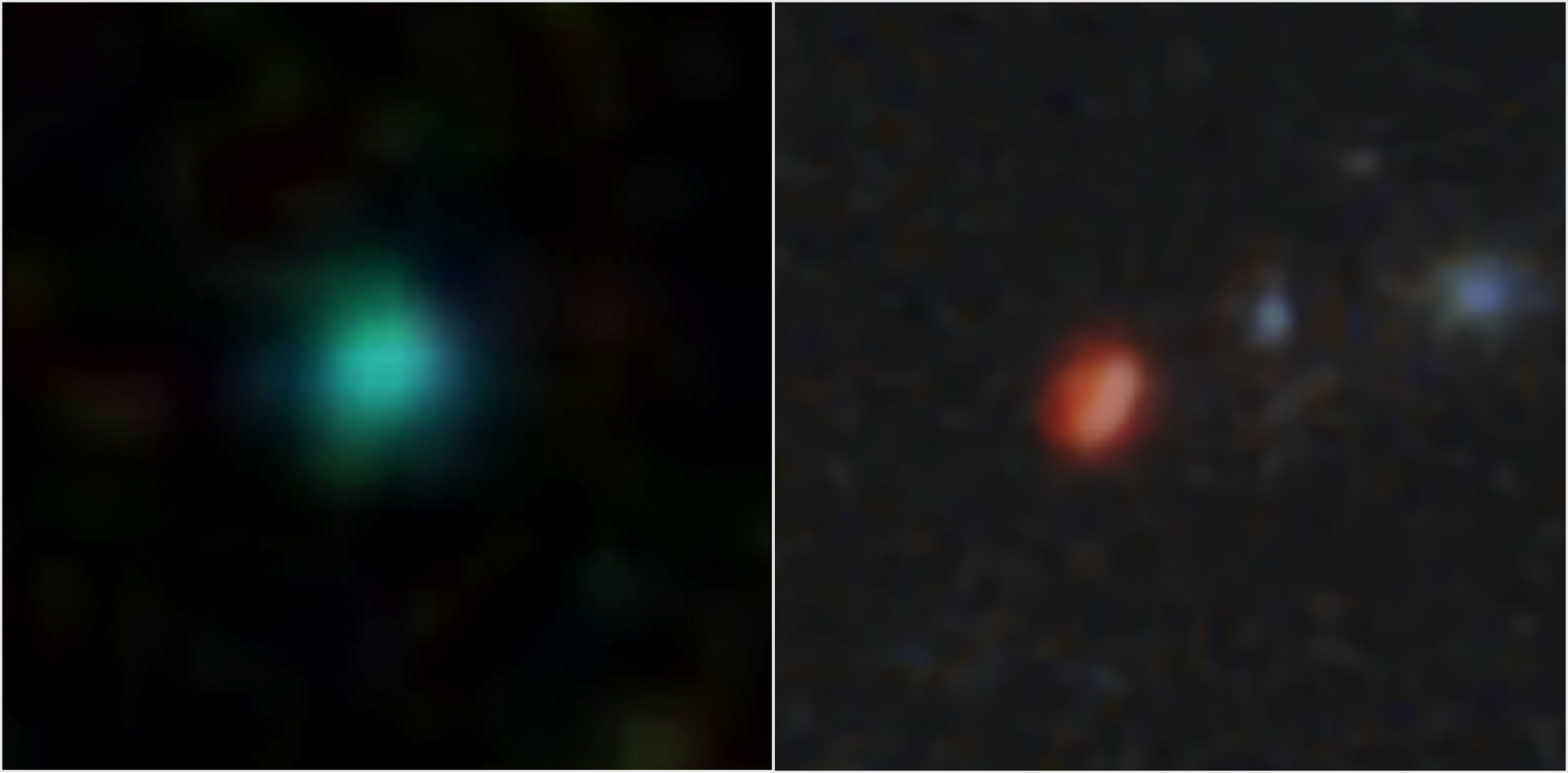Webb's Science Mission Begins: First Light Images

The Cartwheel Galaxy, a rare ring galaxy once shrouded in dust and mystery, has been unveiled by the imaging capabilities of NASA’s James Webb Space Telescope.
The galaxy, which formed as a result of a collision between a large spiral galaxy and another smaller galaxy, not only retained a lot of its spiral character, but has also experienced massive changes throughout its structure.
Webb’s high-precision instruments resolved individual stars and star-forming regions within the Cartwheel, and revealed the behavior of the black hole within its galactic center. These new details provide a renewed understanding of a galaxy in the midst of a slow transformation.
Webb's Science Mission Begins
We wonder. It’s our nature. How did we get here?
Are we alone in the universe?
How does the universe work?
The James Webb Space Telescope is an ambitious scientific endeavor to answer these questions. Webb builds on the legacy of previous space-based telescopes to push the boundaries of human knowledge even further, to the formation of the first galaxies and the horizons of other worlds.
Explore the universe with Webb.

The seemingly three-dimensional “Cosmic Cliffs” showcases Webb’s capabilities to peer through obscuring dust and shed new light on how stars form. Webb reveals emerging stellar nurseries and individual stars that are completely hidden in visible-light pictures. This landscape of “mountains” and “valleys” is actually the edge of a nearby stellar nursery called NGC 3324 at the northwest corner of the Carina Nebula.
So-called mountains — some towering about 7 light-years high — are speckled with glittering, young stars imaged in infrared light. A cavernous area has been carved from the nebula by the intense ultraviolet radiation and stellar winds from extremely massive, hot, young stars located above the area shown in this image. The blistering, ultraviolet radiation from these stars is sculpting the nebula’s wall by slowly eroding it away. Dramatic pillars rise above the glowing wall of gas, resisting this radiation. The “steam” that appears to rise from the celestial “mountains” is actually hot, ionized gas and hot dust streaming away from the nebula due to the relentless radiation.
Objects in the earliest, rapid phases of star formation are difficult to capture, but Webb’s extreme sensitivity, spatial resolution and imaging capability can chronicle these elusive events.

NASA’s James Webb Space Telescope has cast the Southern Ring Nebula in an entirely new light. By observing the nebula in mid-infrared wavelengths, Webb has unveiled the second, dusty star at the center of the nebula in far more detail. The star closely orbits its companion as it periodically ejects layers of gas and dust. Together, the swirling duo have created a fantastic landscape of asymmetrical shells. Webb’s near-infrared light image hones in on “spotlights” from the stars, where light travels through holes in the nebula’s dusty ejections.

NASA’s James Webb Space Telescope has cast the Southern Ring Nebula in an entirely new light. By observing the nebula in mid-infrared wavelengths, Webb has unveiled the second, dusty star at the center of the nebula in far more detail. The star closely orbits its companion as it periodically ejects layers of gas and dust. Together, the swirling duo have created a fantastic landscape of asymmetrical shells. Webb’s near-infrared light image hones in on “spotlights” from the stars, where light travels through holes in the nebula’s dusty ejections.

A flurry of bright white galaxies is stirring up this scene – captured in high resolution by NASA’s James Webb Space Telescope. Known as galaxy cluster SMACS 0723, the group of galaxies is also bending and warping the light from more distant galaxies behind them, stretching and repeating their appearances. Webb’s near- and mid-infrared imaging – and highly detailed data known as spectra – will allow future researchers to finely catalog the precise compositions of galaxies in the early universe, which may ultimately reshape our understanding of how galaxies changed and evolved over billions of years.

In an enormous new image, NASA’s James Webb Space Telescope reveals never-before-seen details of the galaxy group called “Stephan’s Quintet.” The close proximity of this group gives astronomers a ringside seat to galactic mergers and interactions. Rarely do scientists see in so much detail how interacting galaxies trigger star formation in each other, and how the gas in these galaxies is being disturbed. Stephan’s Quintet is a fantastic “laboratory” for studying these processes fundamental to all galaxies. The image also shows outflows driven by a supermassive black hole in one of the group’s galaxies in a level of detail never seen before. Tight galaxy groups like this may have been more common in the early universe when superheated, infalling material may have fueled very energetic black holes.
For More Information
Credits
Please give credit for this item to:
NASA, ESA, CSA, and STScI
-
Technical support
- Amy Moran (Global Science and Technology, Inc.)
Release date
This page was originally published on Tuesday, August 9, 2022.
This page was last updated on Wednesday, November 15, 2023 at 12:44 AM EST.
